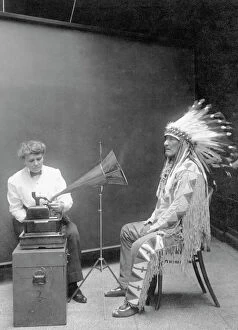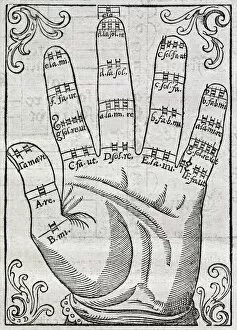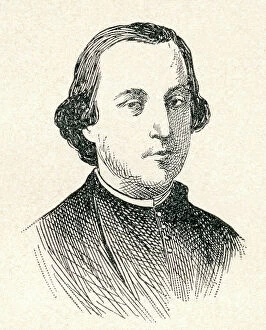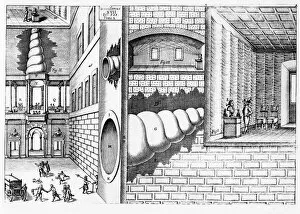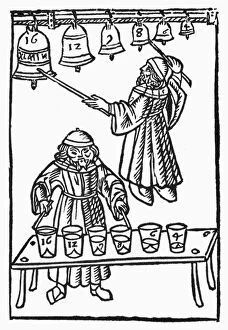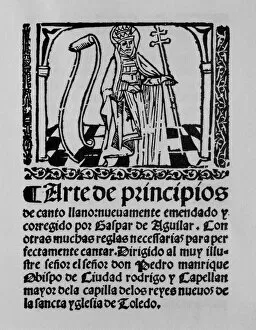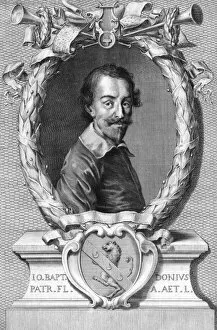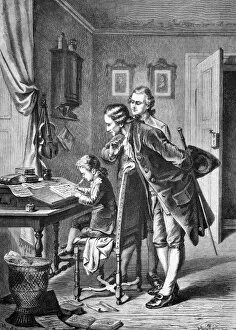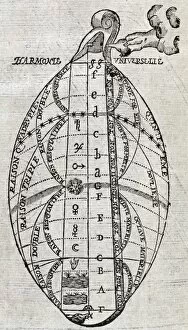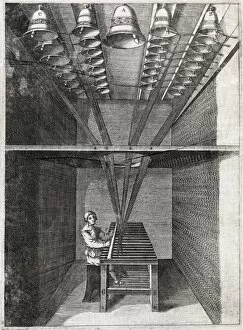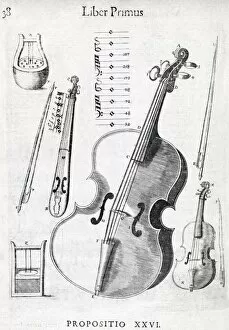Musicology Collection
"Exploring the Melodies of Time: Musicology Unveiled" Discover the enchanting world of musicology, where melodies intertwine with history and culture
For sale as Licensed Images
Choose your image, Select your licence and Download the media
"Exploring the Melodies of Time: Musicology Unveiled" Discover the enchanting world of musicology, where melodies intertwine with history and culture. Step into the footsteps of Frances Densmore, a pioneering US anthropologist who delved deep into indigenous music traditions. Behold the harmonious hand depicted in a mesmerizing 17th-century artwork, symbolizing the power of music to unite souls across time and space. Delve further into ancient wisdom as you encounter "Harmony of the Birth of the World (Harmonia Nascentis Mundi), " an awe-inspiring composition that transcends language barriers. Uncover secrets hidden within historical artifacts like Giovanni Battista Doni's device for listening to conversations in bustling piazzas—an ingenious invention that echoes our timeless desire to connect through sound. Journey back to 1492 when Pythagoras played musical scales on bells and water glasses—a testament to humanity's fascination with creating harmony from everyday objects. Gaspar de Aguilar, poet and playwright extraordinaire, weaves words together like notes on a staff, breathing life into musical tales. Witness Echo Formation come alive before your eyes through an illustration from Musurgia Universalis—where sound reverberates endlessly in its ethereal dance. Explore Pythagoras' profound contributions as both philosopher and mathematician, forever shaping our understanding of music's mathematical foundations. Immerse yourself in an allegory of music from the 16th century—a visual symphony depicting how this art form touches every aspect of human existence. And let us not forget Mozart's first composition in 1801—a glimpse into his prodigious talent that would revolutionize classical music forever. Join us on this captivating journey through centuries past as we unravel the mysteries behind melodies—the essence of what makes us human. Let musicology be your guide as you explore its rich tapestry woven by brilliant minds throughout history.

